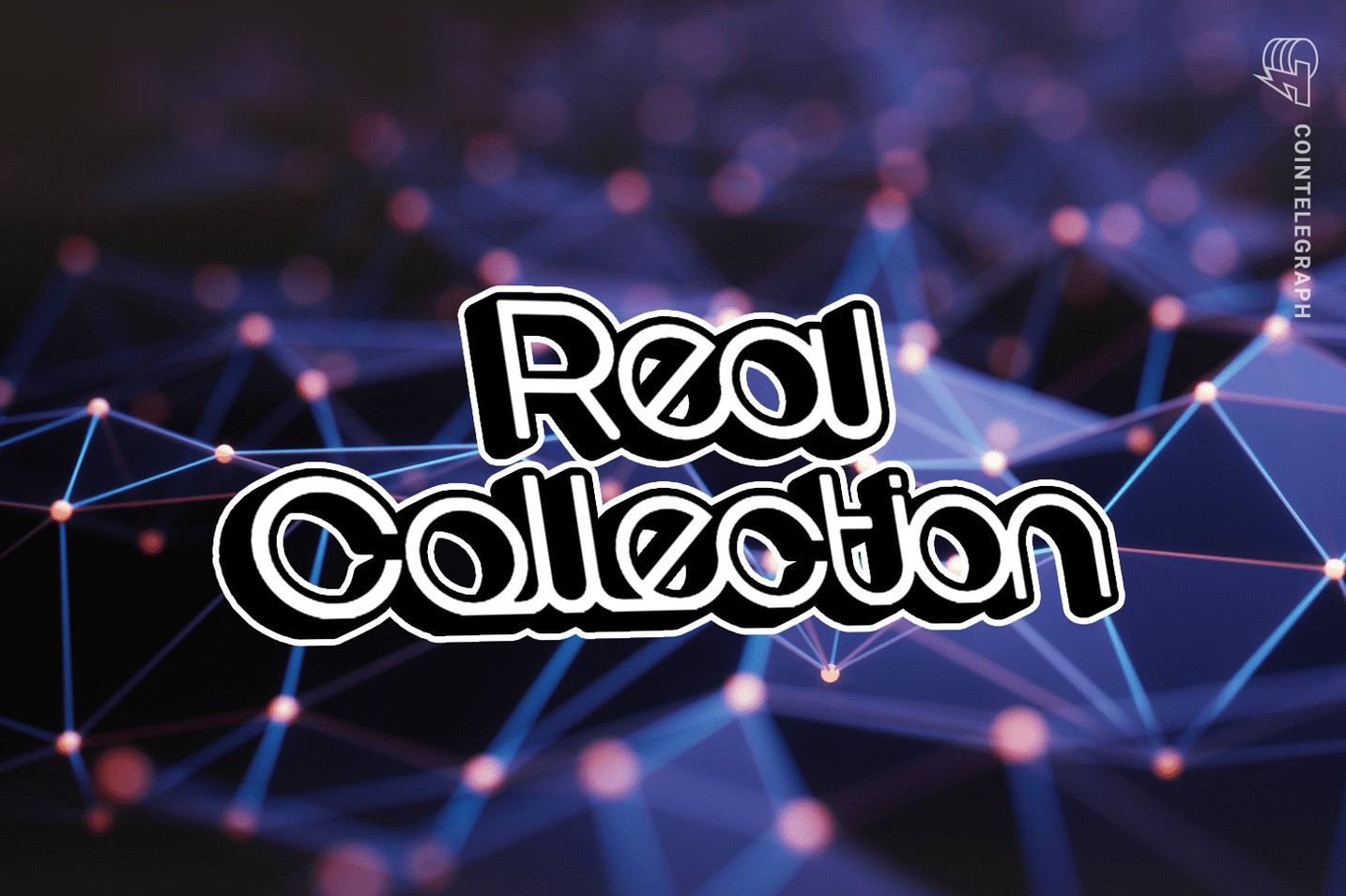Real Collection is a platform for trading NFTs based on the original physical work of New York City East Village artwork. Its strategy is to secure stable growth and price competitiveness by converting the works of world-class artists to NFTs.
New York East Village’s art movement resisted conventional art drawn graffiti on the walls and in subways in NYC, highlighting themes such as crime, alienation and minority in the 1980s that gave birth to legendary artists such as Jean-Michel Basquiat and Keith Haring.
During the next two months, 14 artworks made by New York East Village artists such as Rick Prol, James Romberger, Andreas Sterzing, Stephen Lack, Jim Radakovich and Chae Tong Yull will be auctioned.
Real Collection guarantees the value of NFTs by signing exclusive contracts validating authenticity with artists and offering record warranties with artists’ autographs on the blockchain.
In addition, Ledges has no network fees, unlike Ethereum, which has problems such as transaction delays and increasingly high fees.
Real Collection targets overseas markets as a result of Korean economy regulations. To this end, Ledgis (LED) is listed on the BitMart exchange. The Real Collection site is linked to PayPal and a global Ledgis wallet along with an English service. This is in contrast to large domestic NFT markets built on platforms that operate only in Korea, making it impossible for foreign users to access. For its overseas-targeted marketing, the platform held an airdrop with 1,000 NFTs that successfully drew approximately 40,000 people.
Meanwhile, Ledges provides overall blockchain infrastructure such as NFT issuance and wallets accessing other markets, such as NFT Nara, which sells unusual and real-life items such as collectibles, ceramics and junk art; and Space Mium, which mainly sells secondary pop artworks.
“In addition to building multiple NFT markets, we are strengthening our own mainnet-based DApp ecosystem, part of which was launching the DeFi protocol Lemonade last March,” said a Ledgis official.
